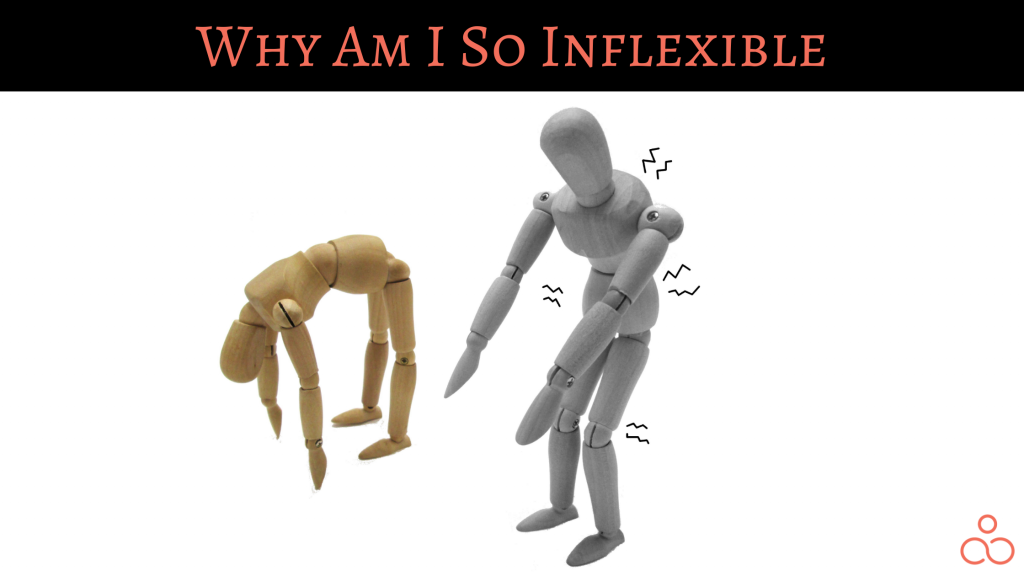Have you ever looked at a ballerina and wondered how beautiful and flexible her body is? The first thing that hits my mind when I see them move in a breezy way is, why am I so inflexible? Ever since I have searched for various reasons behind the stiffness and what I can do. So, here I am with all that research to give you answers to all your questions in one place.
What is flexibility?
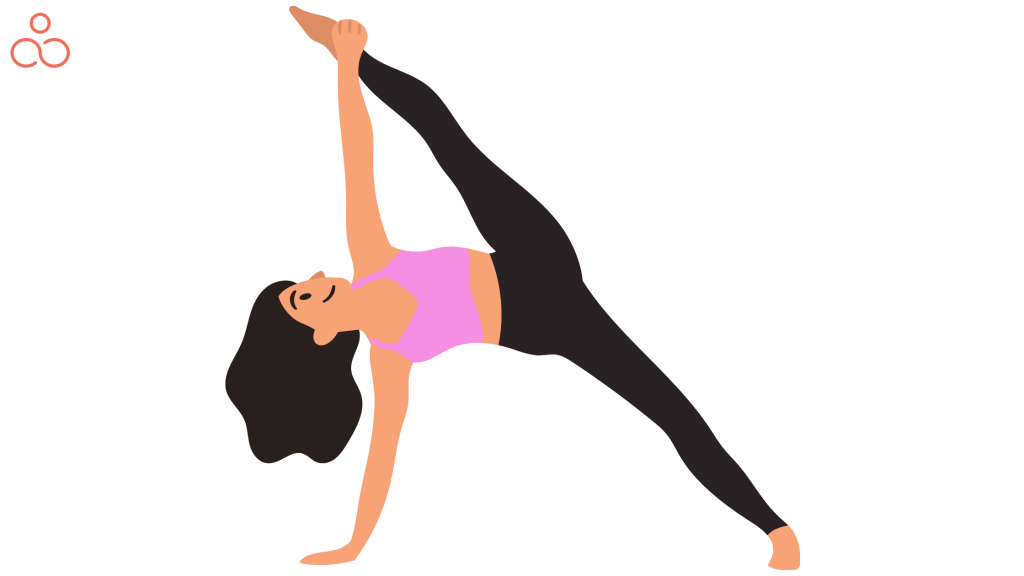
Flexibility is commonly referred to as the ability to move without the pain of restrictions in your body. The range of motion and flexibility varies widely from person to person. Soft tissues such as the muscles, ligaments, joint capsules, tendons, and skin play a major role in keeping your flexibility. Sedentary lifestyles can induce soft tissue shortening over time.
Importance of flexibility
Have you ever woken up to a stiff neck or back? Then you must be well aware of why flexibility is important. It is good to feel flexible and comfortable with your body in the busy schedules we live in, considering the wear and tear of our joints and muscles due to the various works we load ourselves with. Here, we have mentioned ways in which inadequate flexibility can harm your body:
Lack of proper joint flexibility can cause cartilage-related issues, especially in the weight-bearing joints like the knees and hips. Healthy full range movement of joints is necessary to pump adequate blood supply and to maintain the synovial joint fluid (oil that helps in mobility of joints).
Inadequate flexibility of a particular group of muscles not only affects the other supporting muscle groups with an additional load but also fails in supporting their respective joints. Muscle fatigue can lead to unwanted muscle injuries. For example, Hamstrings play an important role in preventing ACL tears (an injury caused by overstretching or tearing the anterior cruciate ligament) and supporting the knees.
Rigidity in the body can also have unwanted stress and pain in structures distant from the actual muscle group or joint. Most often we experience this when we are injured. For example, if you are experiencing pain in your thumb, you tend to work more with the remaining fingers straining them excessively. Similarly, if you have an injured right knee, you tend to balance more on your left leg and load up the impact on your lower back too!
Types of flexibility
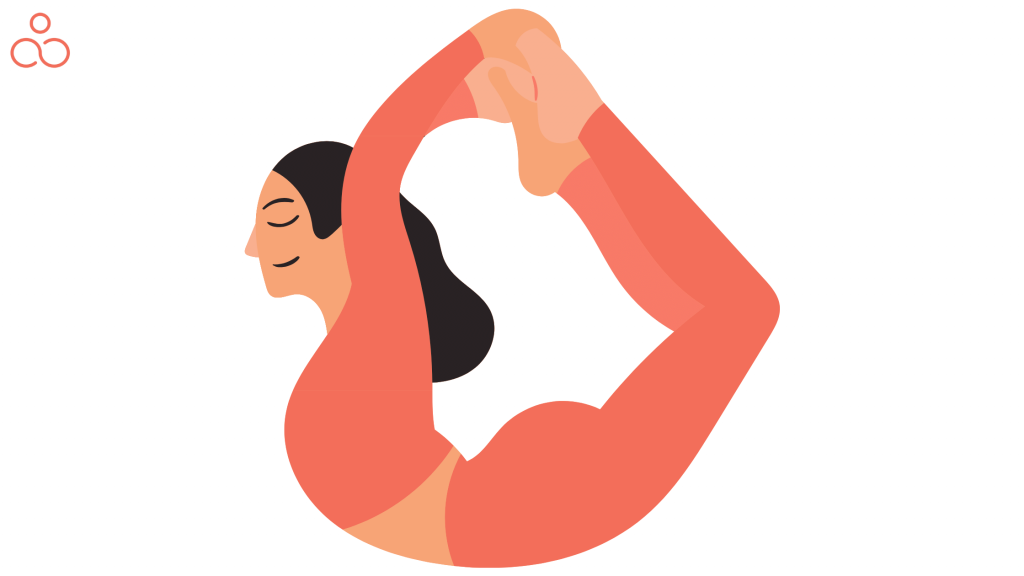
Flexibility can be categorized into Static Flexibility and Dynamic Flexibility. The ability to hold in a position for long periods without external support is referred to as static flexibility. For example, bending over to touch your toes and holding in that position for a couple of seconds is static flexibility.
On the other hand, dynamic flexibility refers to the ability to move joints to their full motion without any hindrances such as pain or discomfort. For example, the ease of picking up some item you dropped on the floor by bending forward refers to dynamic flexibility.
Benefits of stretching regularly
Stretching improves flexibility and mobility. It is important to remember that this is a slow gradual process that takes a considerable amount of time and dedication to see a certain level of improvement. In addition to the regular basic stretching that you practice, try including stretches that are specific to muscle groups or joints you might face difficulty with. Static stretches (where you hold in a pose, for example – plank) and PNF (Proprioceptive Neuromuscular Facilitation) stretches (where you passively move and contract muscles isometrically against resistance, for example – biceps and triceps stretch in the arm) help you to boost flexibility and mobility. Some of the benefits of stretching regularly are:
- Improves Performance
- Lowers the risk of injury
- Increases blood and nutrient supply to joint structures
- Re-circulates and modifies in blood pooling
- Increases in the quantity of Synovial Joint Fluid
- Enhances neuromuscular coordination
- Betters joint mobility
- Reduces muscle tightness
- Improves posture
- Provides mental and physical relaxation
- Lowers the risk of age-related disorders
- Reduces the risk of heart diseases
Why am i so inflexible? Probable reasons!
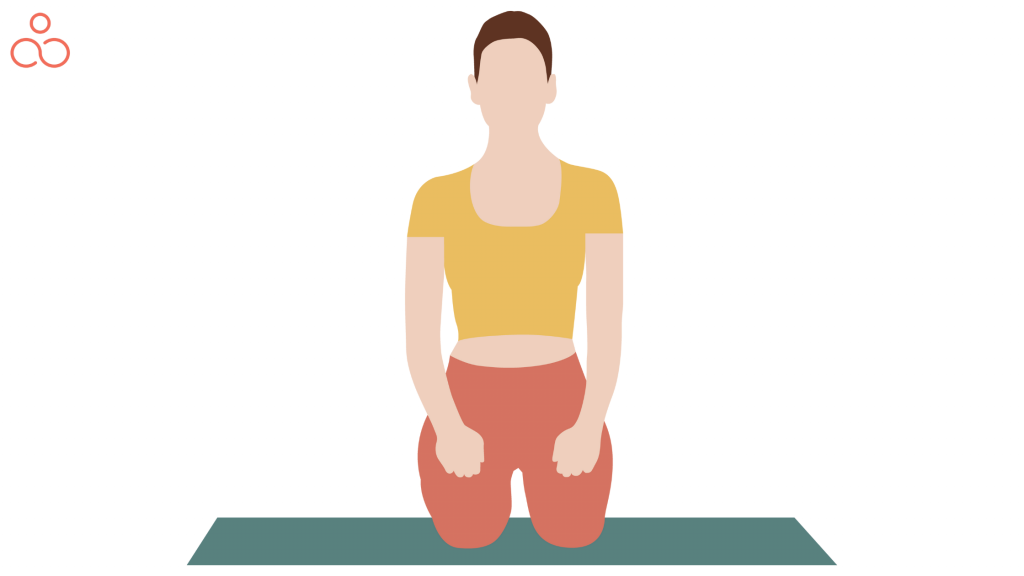
Flexibility can be related to several factors. If you are inflexible, you don’t need to be old or injured. Let us dive deeper into the possible factors that could play a major role in your inflexibility.
- Age – Though age is not the sole factor, it could be one of the major reasons. If you notice, kids are more flexible than adults. As you grow old, you might notice some mobility issues and sensitive joints too.
- Work Pattern – If your work requires you to be seated for a stretch of 8 to 9 long hours, then you are prone to be a victim of inflexibility issues. The body gets habituated to a particular routine and tends to rewire itself internally causing rigidity.
- Exercise – Irrespective of your age and working style, if you dedicate some portion of your time towards fitness it will help. Lack of exercise will otherwise cause mobility issues and make it difficult for you. Sometimes even the workout programs do not provide the necessary flexibility because they are not curated correctly or the training is poor and basic.
- Gender – Is it true that flexibility varies based on gender? Surprisingly yes, women are more flexible than men by nature and due to the makeup of their connective tissues. In general, too, we notice more women in fields like dance, Pilates, yoga, ballet, etc.
- Genetics – Some people are more flexible by birth, thanks to their genetic makeup! The ACTN3 GENE produces the Alpha-actinin protein which gives structure to the muscles in the body. A 2014 study conducted on ballerinas in Korea for flexibility and risk of injuries concluded that the ballerinas with the genotype rs1815739 SNP had lower flexibility while the ballerinas with CC and CT genotypes were a lot more flexible. Collagen also helps in better flexibility and is directly connected to the COL5A1 gene, which is also called the “flexibility gene”. However, do not underestimate yourself, if you are inflexible because consistent and dedicated efforts with a simple 10-minute stretch routine can also do wonders.
- Past Injuries – Any medical history or old accidents could also restrict your mobility. Health conditions sometimes make your body stiff and difficult to move.
- Time of the Day – Most often we tend to be more rigid early in the morning, right after we wake up when compared to the later part of the day.
- Muscle Tension – muscles must be relaxed through right stretching techniques before actually lengthening them. A tense muscle is nothing but a short muscle and has to be stretched right otherwise you will remain inflexible.
Stretch tests to check your flexibility levels
These are quick stretch tests that you can try to understand your level of flexibility:
- Spider-Man – This stretch starts in a push-up position and you must move your right foot alongside your right hand. Simultaneously, place your left knee on the ground. Dip your right shoulder deeper to the floor and get back into the initial push-up position. Repeat the sequence on the other side. Through this, you would get to know the flexibility in each side of the hip based on how close you can bring your foot to the hand.
- Inch Worm – This is a slow movement from the initial push-up position, where you try to walk with your hands by slowly pulling your legs at the back. In the process, your hip would rise into the air and straighten out again. It is a good stretch test for your hamstrings and calf muscles.
- The Hip Shifter – Kneel on all fours and stretch your knees as wide as you can. Balance the weight on your arms with elbows and palms on the ground and push your butt back and hold for a couple of breaths and move forward. Keep doing this in a sequence to understand the flexibility in the hip, knees, and arms. Pretty easy!
- The Bretzel Lean – Sit comfortably with your legs spread wide in front. Now, bend your knees and twist your body to the sides allowing the knees to touch the ground. Take the support of your hands and repeat on either side. This is a test on your Glutes, and you might find it difficult or impossible to touch the ground with your knees.
Best stretches to improve your flexibility
With the ease of access to the internet, you can find thousands of sequences that work on stretching your body. However, with poor instructions or a lack of proper understanding of the body alignment, you might end up confused or even injured at times. So, here we are with some basic principles of safe stretching that might help you.
Focus on Spine and pelvis
Get the alignment of your spine and pelvis correct. Most of the stretches are focussed on the appropriate alignment of the spine and pelvis. You flex or round your spine and pelvis as a part of the stretch. Depending on the type of stretch, understand what you need to do, to get the best out of it.
Aim for Stability
Reflexes are quite common and it is difficult to stretch comfortably if you feel insecure or unstable. Try to gain the right stability in anything you do, otherwise, it would cause more harm than good. If you are following a video tutorial or some online programs, do not worry about mimicking what the model does. Remember, the person teaching is already flexible and that is the reason you are learning from them. So it is alright if you aren’t able to stretch as well as them.
Don’t Over Push
If you aren’t able to achieve even the initial steps of the stretching routine, then don’t get demotivated. Give yourself some credit for trying but do not overpush as you might end up injured. Feel the stretch at your pace and gradually move to the actual challenging pose or deepened stretch. Feel free to use some props like chairs, stools, cushions, belts, and other supports that can support you to get into the proper position of the stretch.
Some sample sets of stretches are listed below for your stretch routine:
- Standing knee to chest – repeat 2 sets, 10 on each leg
- Bear walk – try to aim for a minute, to begin with
- Seated hamstring stretch – hold for 30 seconds, repeat 2 or 3 times
- Hip Flexor Stretch – hold for 30 seconds on each side of the leg
- Butterfly stretch – hold for a minimum of 30 seconds and try to go up to 2 minutes
- Reclining pigeon stretch – hold for 30 to 45 seconds, switch legs, and repeat
- Fold over Stretch – hold for 40 seconds
- Deep Squat – 10 reps
Yoga poses to improve your flexibility
I understand how annoying it might be if you are unable to touch your toes while the rest of the world appears to have no issues doing so. It could become a significant impediment to enjoying yoga, it is even more enjoyable if you do it with your bff. Yoga class can be exceedingly difficult or even unpleasant for students who are unable to bend forward or twist comfortably owing to stiffness in the legs, back, shoulders, or hips. Consistent yoga practice can improve your flexibility significantly. Here are a few yoga poses that might help you gain your flexibility back:
- Ustrasana (Camel Pose)
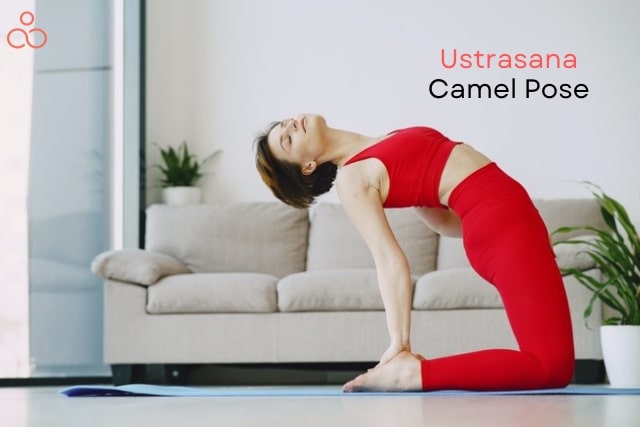
- Supta Matsyendrasana (Reclined Spinal Twist)
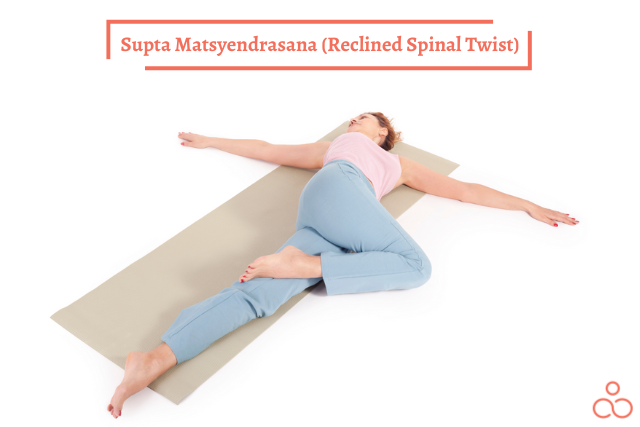
- Uttanasana (Ragdoll stretch)
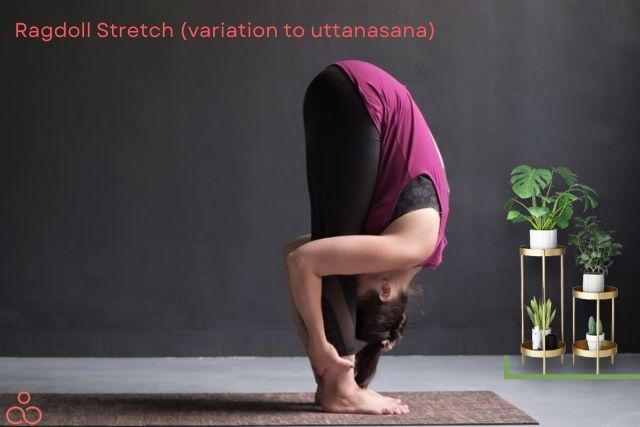
- Balasana (Child Pose)
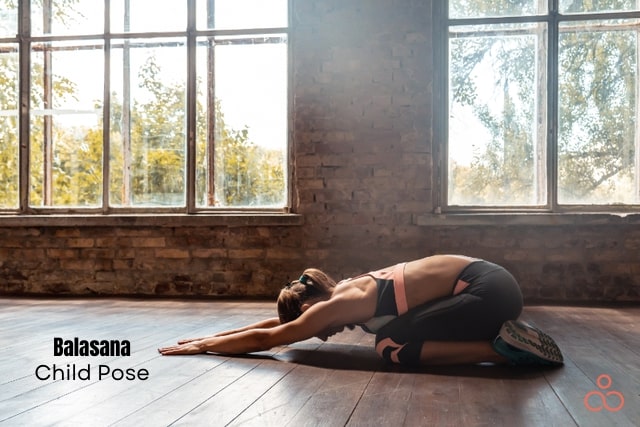
- Parsva Sukhasana (Seated Side Bend)
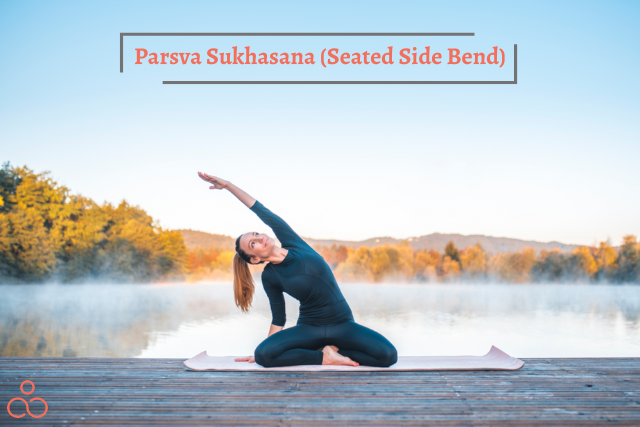
Tips on becoming more flexible
- Pay attention to your body – Before you kick start with a routine for becoming more flexible, try to pay attention to your body and understand which muscle groups or joints are tight and need attention. Ensure you have some stretches included for these groups as a priority.
- Stretch for a minimum of 15 seconds – When you stretch a muscle, its receptors convey a signal to your central nervous system. The muscle strengthens and attempts to withstand the strain and that is where the pain or discomfort is coming from. However, if you maintain the stretch long enough, you will be able to overcome the reflex. As a result, the discomfort will fade with time, and you’ll find yourself bending even deeper than before.
- Don’t ignore the pain – While little discomfort or pain is acceptable during stretching, extreme and chronic pain is not. That kind of discomfort generally means you’ve ripped a muscle. Make certain that you will never go overboard with stretching.
- Sit on the floor – Sitting on the floor requires a huge range of motion. When compared to the western countries, we find sitting on a floor is a common practice in Indian households.
- Compliment strength and stretch – Having strong muscles is of hardly any use, if you are not flexible enough. Try to compliment your workout plans with the right balance of strength training and stretch routines.
- Set a long-term goal – Set objectives if you’re having trouble staying motivated towards your workout routine. Remember, anything unpleasant may always be transformed into something positive. If there is a particular yoga posture that you want to master? Or maybe you just want to bend correctly? Then simply keep working on it till you achieve the goal. It’s a good idea to keep track of your progress once you’ve set a goal. Simply snap photos once a month. It will allow you to observe the progress. As a result, it will assist you in remaining motivated.
- Work with gravity – While practicing on a particular stretch, you might find it difficult to work against gravity especially when you are inflexible. Try to change the position and modify it in a manner where your stretch works with gravity and not against it. This way you will help your body to relax in the stretch and gain better from it.
- Stretch Consistently – Consistency is the key to achieving success. Stay regular with your stretches and try to focus more on rigid and inflexible muscle groups. Prioritize them to feel light and flexible. Commit yourself to practice at least 2 to 3 times a week.
- Experiment with new range – Once in a while try to experiment with a new range of motions and a different set of stretches to challenge yourself and also break the monotony. For example, if you are regular with your squats, then try a monkey or frog sequence to bring in some freshness and challenge.
- Be Patient – It might sound pathetic, but it’s true! Accept that you have to put in efforts to achieve your goals. Be consistent and track your achievements regularly to see your progress. Results cannot be achieved miraculously, so don’t get disheartened if you cannot see results in a couple of days.
Over-flexibility: Is it a problem?
Yes, over-flexibility could also be a problem. Ehlers-Danlos Syndrome (EDS) is caused due to mutations of the COL5A1 gene into 100 different types. The EDS can cause loose skin, joint pain, and extremely flexible joints which can result in injuries and bruises. Over-flexibility puts pressure on the tendons and ligaments. It is said that ligaments are not supposed to be stretched beyond 6% of their length otherwise you might end up in a ligament tear.
FAQ
Why am I not flexible?
Lack of flexibility can be caused due to various reasons such as age, gender, lifestyle, genes, time of the day, bone structure, and so on.
Do I need to be flexible?
Being flexible brings in added comfort to your life and keeps you healthy and confident. It promotes happiness as you can freely move your body and dance to the tunes in a pain-free manner.
Why should I pay attention to my flexibility?
Though not being flexible is nothing serious to panic about, it needs some attention. You must try and make yourself flexible as over time you might invite unnecessary pains in your joints, develop sore muscles, and lose the ease of mobility.
How can I become more flexible?
Follow these guidelines to become more flexible:
- Stretch after a workout when your muscles are warm to avoid muscle pull
- Don’t over push yourself
- Stretch deepen when your body is ready, and feel it with complete awareness
- Hold in poses longer as you progress
- Every day you might experience the stretches differently and it is ok. Just go with the flow
- Be patient with the results
How long does it take to become flexible?
Once you start with your stretches daily, you must be able to start noticing changes in 3 to 4 weeks. However, remember to be patient and understand that everything takes time. It is all about the journey and getting to know your body better. Always strive to figure out what is and isn’t comfortable for you. Set objectives to measure your growth and be happy with your accomplishments.
Can everyone become flexible?
Yes, even people with extreme stiffness can improve their flexibility by up to 25% when the right efforts are put in. However, you must not compare yourself with a ballerina dancer!
How do you speed up getting flexible?
Though gaining flexibility is a slow process, you can fasten up the results by following a particular set of practices as mentioned below:
- Warm-up properly
- Eat the right food
- Foam rolling
- Avoid rushing with stretches
- Include dynamic workout routines
- Hydrate well
- Include professional massages occasionally
Is over-flexibility bad?
Anything in excess is bad and the same holds good with flexibility too. Over-flexibility can cause injuries and joint pain.
How does flexibility work?
Flexibility is not necessarily limited to gymnasts and athletes. Flexibility is the ability of an individual to have a full and free range of motion without experiencing pain in the body.
Conclusion
Having a flexible body is like a gift as you can enjoy life to the fullest without any hindrances. Try to introspect the muscle groups that are rigid and curate a stretch routine for yourself today. Work on your flexibility and find yourself in a much better and happy body after a few weeks!

